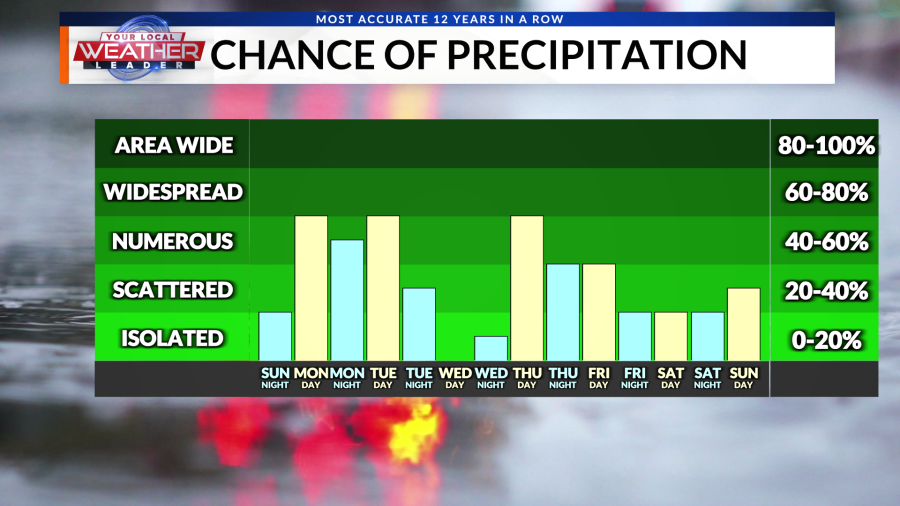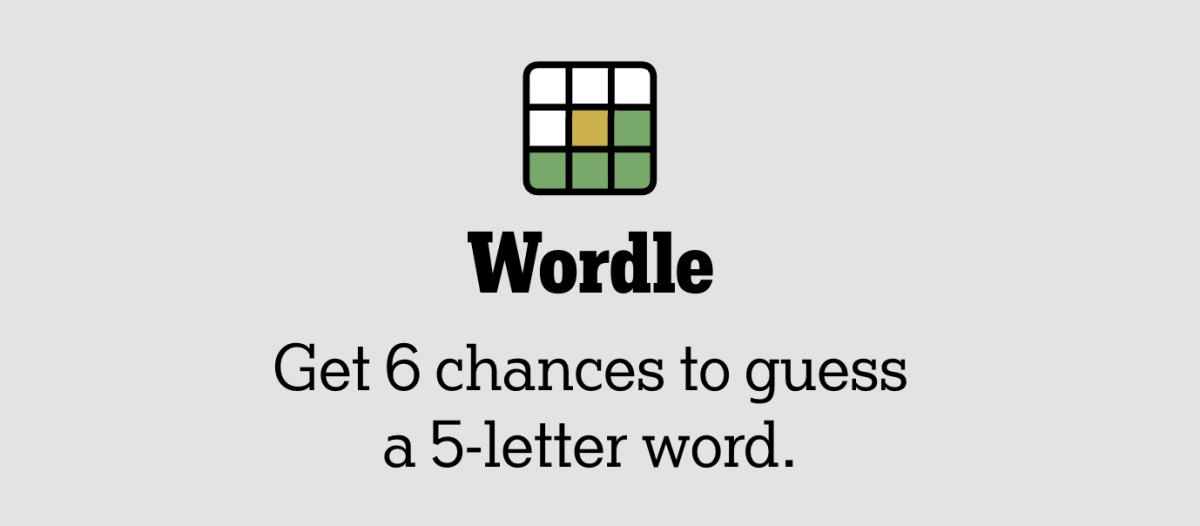Search results
Join 24 Hour Fitness and get a free 50-min Custom Coaching Session. Choose from over 275 locations, access to premium amenities, classes, nutrition and more.
- Login
Follow Us © 24 Hour Fitness USA, LLC. 24 Hour Fitness USA,...
- Contact Us
Did you know you can manage your membership online 24 hours...
- Gym Deals
Check here for deals and special offers on 24 Hour Fitness...
- Careers
EEO is the Law. 24 Hour Fitness is an "Equal Opportunity...
- Gx24 Studio Classes
Please consult your physician before starting or changing a...
- My Profile
Follow Us © 24 Hour Fitness USA, LLC. 24 Hour Fitness USA,...
- Login
News about Washington County, WCIA, EF2
News about Russia-Ukraine war, Wordle, evacuation
News about Arizona, abortion ban, repeal
News about IMSA, CMS, Laguna Seca
Learn how to tell the time in 24 hours, from midnight to midnight, without using a.m. or p.m. See how this system is used in different countries and fields, and its advantages over the 12-hour clock.
24-hour Clock12-hour Clock00:0012:00 a.m., midnight (start of day)01:001:00 a.m.02:002:00 a.m.03:003:00 a.m.- Overview
- History
- Military time
- GeneratedCaptionsTabForHeroSec
24-hour clock, time convention that begins the day at 00:00 and ends at 23:59, although 24:00 can be used to refer to 00:00 of the following day. The 24-hour clock is the international standard format for time (ISO 8601) and is currently the most widespread time notation worldwide. Professionals in areas as diverse as medicine and aviation widely m...
The ancient Egyptians are seen as the originators of the 24-hour day. The New Kingdom, which lasted from 1550 to 1070 bce, saw the introduction of a time system using 24 stars, 12 of which were used to mark the passage of the night. Hours were of different length, however, as summer hours were longer than winter hours. The ancient Greek astronomer Hipparchus later suggested splitting the day into 24 equinoctial hours. The medieval Muslims were especially interested in sundials and invented the now-ubiquitous sundial with the gnomon (the vertical needle of the dial) parallel to the polar axis of Earth. The 13th-century scholar Abū al-Ḥasan al-Marrakushi is credited with introducing equal hours, at least for astronomical purposes. Despite these efforts, variable-length, or seasonal, hours purportedly persisted until the 14th century in Europe.
With the advent of mechanical clocks in the early 14th century, sundials with equal hours gradually came into general use in parts of Europe. The 24-hour dial became quite established in Italy in the 15th century, thereby underlining its allegiance to the 24-hour day. The so-called Italian hours referred to the 24-hour period lasting from sunset or 30 minutes after dusk until the following sunset. In countries such as England, however, time was measured by means of two periods of 1 to 12 shown on the dial. The Italian 24-hour dial was soon used in neighbouring countries as well, but the 24-hour clock system was considered impractical for striking clocks, which had to be moved ahead during the first six months of the year and moved back later. The double-XII sundial (a 12-hour system), on the other hand, allowed hours to be counted from noon, rather than from dawn. Noon was purportedly simpler to identify because of the position of the shadow it cast. Until the 19th century, sundials of both time conventions were still used to reset mechanical clocks.
The 24-hour clock is closely related to the military in the United States, with which it is often associated, as testified by the term military time. In this context, four numbers precede a letter which represents a given time zone. Z, for instance, represents UTC or GMT, used by countries such as the U.K., Ireland, and Portugal during Daylight Savings Time, while A refers to UTC+1 or Central European Time (CET), used by France, Italy, and other nations. During oral communication, code words from the NATO Phonetic Alphabet are used to prevent misunderstandings, as exemplified by Zulu for Z and Alpha for A. The designation J, on the other hand, refers to the time where the person is making the utterance and is thus strictly dependent on their location. A full hour is represented by means of the term hundred, as exemplified by zero six hundred hours for 06:00 or twenty-three hundred hours for 23:00. This is omitted on other occasions, as exemplified by zero seven thirty hours for 07:30 and by seventeen forty-five hours for 17:45.
This chart converts times from the 24-hour clock to the 12-hour clock:
Special offer for students! Check out our special academic rate and excel this spring semester!
Learn More
Learn about the 24-hour clock, a time convention that begins the day at 00:00 and ends at 23:59, and is used worldwide for various purposes. Find out how it originated, how it relates to military time, and how it differs from the 12-hour clock.
Learn about the 24-hour clock, a time notation that divides the day into 24 hours and uses the hours and minutes passed since midnight. Find out how the 24-hour clock is used in different countries, professions and contexts, and how it differs from the 12-hour clock.
Learn how to convert between AM/PM and 24 hour clock formats, and see examples and comparison charts. Find out why midnight and noon can cause confusion, and how to avoid it.
Example: On The HourExample: On The HourExample: 10 Minutes PastExample: 10 Minutes Past24 Hour ClockAM / PM24 Hour ClockAM / PM00:0012 Midnight00:1012:10 AM01:001:00 AM01:101:10 AM02:002:00 AM02:102:10 AMLearn how to read, write and say military time, a format based on the 24-hour clock and the NATO phonetic alphabet. Find out how to convert military time to the 12-hour format and see a conversion chart and a list of time zones.
People also ask
What is a 24 hour clock?
What is a 24 hour time notation?
Is 24 Hour Fitness a good gym?
Learn how to use the 24-hour clock, a way of keeping time that divides a day into 24 hours starting from midnight and ending at midnight. Compare the 24-hour clock with the 12-hour clock and see how to convert between them.




